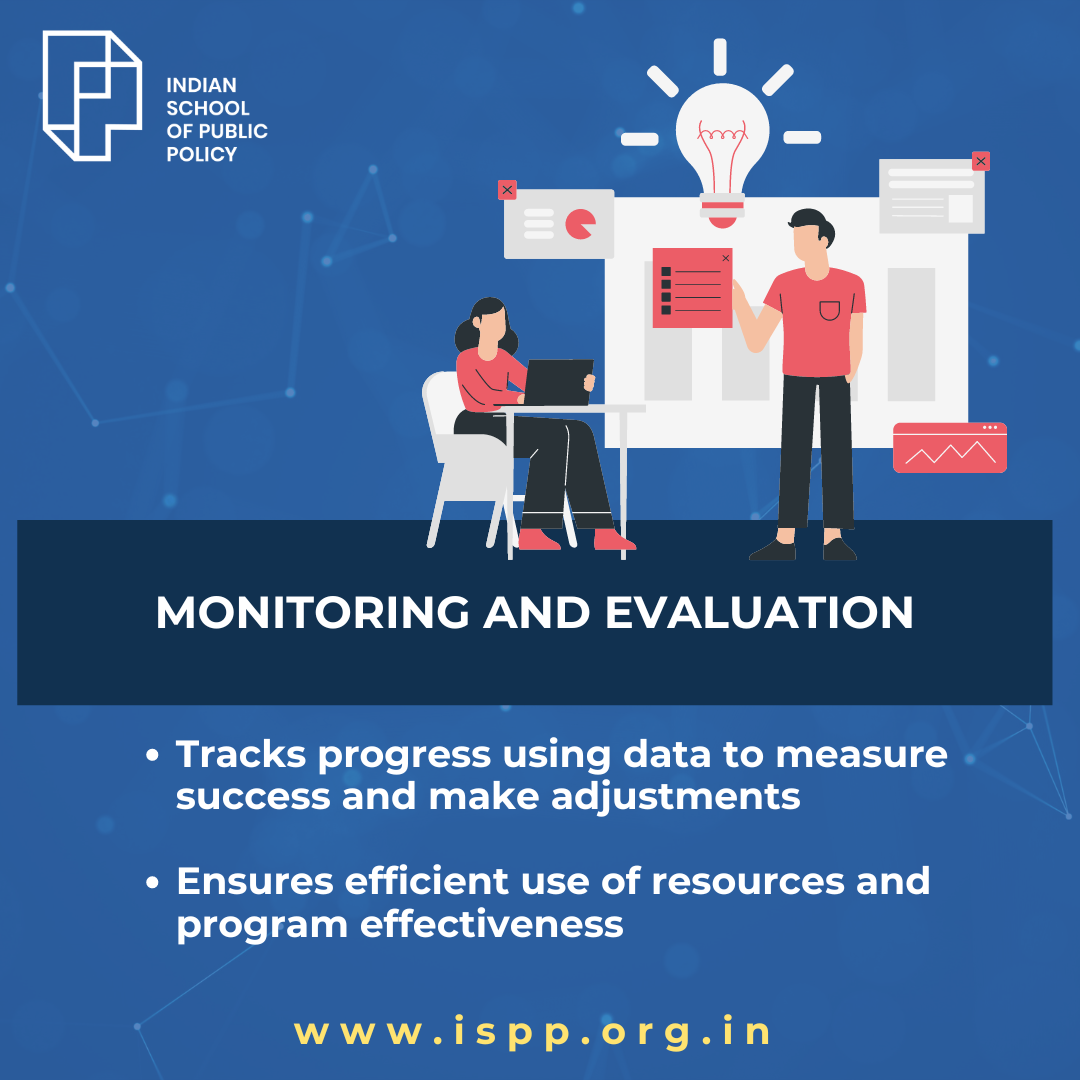Sky-High Prices of Commercial Real Estate in Canada: Causes, Impacts, and Solutions
Commercial real estate in Canada has reached unprecedented price levels in 2024, creating a challenging environment for investors, developers, and businesses. The surge in property values has significantly reshaped the real estate market, raising concerns about affordability, sustainability, and economic balance. This article examines the key reasons behind these soaring prices, the consequences for the industry, and what could have been done to mitigate this situation.
Why Are Commercial Real Estate Prices Sky-High?
1. Economic Recovery Post-Pandemic
The Canadian economy rebounded strongly after the pandemic, driving increased demand for office spaces, industrial facilities, and retail outlets. Investors seeking stable assets funneled capital into commercial properties, pushing prices upward.
2. Limited Land Availability
Urban centers like Toronto, Vancouver, and Montreal face a chronic shortage of developable land. This scarcity has created fierce competition among developers, further driving up prices.
3. High Construction Costs
Inflation and supply chain disruptions have significantly increased construction costs for materials and labor. These expenses are often passed on to buyers and tenants, inflating property values.
4. Foreign Investment
Canada remains a hotspot for foreign investors due to its political stability and robust real estate market. Increased international interest, particularly in prime commercial locations, has intensified price growth.
5. Lax Regulation on Speculation
A lack of stringent measures to curb speculative buying has allowed investors to acquire properties and hold them for capital gains rather than productive use, exacerbating the price surge.
Impacts of the Price Surge
1. Reduced Accessibility for Small Businesses
Soaring commercial property prices make it difficult for small businesses to afford rental spaces, stifling entrepreneurship and local economic growth.
2. Increased Operating Costs
Higher property costs translate to increased operating expenses for businesses, often leading to higher prices for consumers.
3. Concentration of Ownership
Rising prices have led to market consolidation, with large corporations and REITs dominating ownership. This limits diversity in the commercial real estate sector.
What Could Have Been Done to Avoid This Situation?
1. Land Use Policies
Proactive land use planning and rezoning could have alleviated land shortages in urban centers. Encouraging mixed-use developments and higher density construction might have balanced supply with demand.
2. Regulating Foreign Investment
Implementing stricter policies to regulate foreign ownership and speculative investments could have helped maintain affordability and stability in the market.
3. Tax Incentives for Development
Tax breaks for developers focused on affordable commercial spaces could have spurred the construction of more accessible properties.
4. Support for Small Businesses
Government programs providing rental subsidies or incentives for landlords to offer lower rents to small businesses might have eased pressure on this critical sector.
5. Embracing Technology
Promoting the use of property management software like Yardi and Buildium can enhance efficiency and lower operational costs for property managers, indirectly impacting price growth.
The Path Forward
The commercial real estate market in Canada faces a pivotal moment in 2024. While the current situation poses challenges, it also offers an opportunity for reform. Policymakers, developers, and investors must collaborate to adopt sustainable practices and prioritize long-term stability over short-term gains.
At LeaseAdmin, we are committed to supporting the commercial real estate community with solutions like CAM Reconciliation Services, Lease Abstraction Services, and Property Accounting Services that bring transparency and efficiency to the industry. Together, we can navigate these challenges and create a more equitable and resilient real estate landscape.
Explore how LeaseAdmin can support your real estate management needs at leaseadmin.ca.
#CAMReconciliationServicesinCanada
#CorporaterealestatesolutionsinUSandCanada
#BuildiumToolinUSandCanada
Commercial real estate in Canada has reached unprecedented price levels in 2024, creating a challenging environment for investors, developers, and businesses. The surge in property values has significantly reshaped the real estate market, raising concerns about affordability, sustainability, and economic balance. This article examines the key reasons behind these soaring prices, the consequences for the industry, and what could have been done to mitigate this situation.
Why Are Commercial Real Estate Prices Sky-High?
1. Economic Recovery Post-Pandemic
The Canadian economy rebounded strongly after the pandemic, driving increased demand for office spaces, industrial facilities, and retail outlets. Investors seeking stable assets funneled capital into commercial properties, pushing prices upward.
2. Limited Land Availability
Urban centers like Toronto, Vancouver, and Montreal face a chronic shortage of developable land. This scarcity has created fierce competition among developers, further driving up prices.
3. High Construction Costs
Inflation and supply chain disruptions have significantly increased construction costs for materials and labor. These expenses are often passed on to buyers and tenants, inflating property values.
4. Foreign Investment
Canada remains a hotspot for foreign investors due to its political stability and robust real estate market. Increased international interest, particularly in prime commercial locations, has intensified price growth.
5. Lax Regulation on Speculation
A lack of stringent measures to curb speculative buying has allowed investors to acquire properties and hold them for capital gains rather than productive use, exacerbating the price surge.
Impacts of the Price Surge
1. Reduced Accessibility for Small Businesses
Soaring commercial property prices make it difficult for small businesses to afford rental spaces, stifling entrepreneurship and local economic growth.
2. Increased Operating Costs
Higher property costs translate to increased operating expenses for businesses, often leading to higher prices for consumers.
3. Concentration of Ownership
Rising prices have led to market consolidation, with large corporations and REITs dominating ownership. This limits diversity in the commercial real estate sector.
What Could Have Been Done to Avoid This Situation?
1. Land Use Policies
Proactive land use planning and rezoning could have alleviated land shortages in urban centers. Encouraging mixed-use developments and higher density construction might have balanced supply with demand.
2. Regulating Foreign Investment
Implementing stricter policies to regulate foreign ownership and speculative investments could have helped maintain affordability and stability in the market.
3. Tax Incentives for Development
Tax breaks for developers focused on affordable commercial spaces could have spurred the construction of more accessible properties.
4. Support for Small Businesses
Government programs providing rental subsidies or incentives for landlords to offer lower rents to small businesses might have eased pressure on this critical sector.
5. Embracing Technology
Promoting the use of property management software like Yardi and Buildium can enhance efficiency and lower operational costs for property managers, indirectly impacting price growth.
The Path Forward
The commercial real estate market in Canada faces a pivotal moment in 2024. While the current situation poses challenges, it also offers an opportunity for reform. Policymakers, developers, and investors must collaborate to adopt sustainable practices and prioritize long-term stability over short-term gains.
At LeaseAdmin, we are committed to supporting the commercial real estate community with solutions like CAM Reconciliation Services, Lease Abstraction Services, and Property Accounting Services that bring transparency and efficiency to the industry. Together, we can navigate these challenges and create a more equitable and resilient real estate landscape.
Explore how LeaseAdmin can support your real estate management needs at leaseadmin.ca.
#CAMReconciliationServicesinCanada
#CorporaterealestatesolutionsinUSandCanada
#BuildiumToolinUSandCanada
Sky-High Prices of Commercial Real Estate in Canada: Causes, Impacts, and Solutions
Commercial real estate in Canada has reached unprecedented price levels in 2024, creating a challenging environment for investors, developers, and businesses. The surge in property values has significantly reshaped the real estate market, raising concerns about affordability, sustainability, and economic balance. This article examines the key reasons behind these soaring prices, the consequences for the industry, and what could have been done to mitigate this situation.
Why Are Commercial Real Estate Prices Sky-High?
1. Economic Recovery Post-Pandemic
The Canadian economy rebounded strongly after the pandemic, driving increased demand for office spaces, industrial facilities, and retail outlets. Investors seeking stable assets funneled capital into commercial properties, pushing prices upward.
2. Limited Land Availability
Urban centers like Toronto, Vancouver, and Montreal face a chronic shortage of developable land. This scarcity has created fierce competition among developers, further driving up prices.
3. High Construction Costs
Inflation and supply chain disruptions have significantly increased construction costs for materials and labor. These expenses are often passed on to buyers and tenants, inflating property values.
4. Foreign Investment
Canada remains a hotspot for foreign investors due to its political stability and robust real estate market. Increased international interest, particularly in prime commercial locations, has intensified price growth.
5. Lax Regulation on Speculation
A lack of stringent measures to curb speculative buying has allowed investors to acquire properties and hold them for capital gains rather than productive use, exacerbating the price surge.
Impacts of the Price Surge
1. Reduced Accessibility for Small Businesses
Soaring commercial property prices make it difficult for small businesses to afford rental spaces, stifling entrepreneurship and local economic growth.
2. Increased Operating Costs
Higher property costs translate to increased operating expenses for businesses, often leading to higher prices for consumers.
3. Concentration of Ownership
Rising prices have led to market consolidation, with large corporations and REITs dominating ownership. This limits diversity in the commercial real estate sector.
What Could Have Been Done to Avoid This Situation?
1. Land Use Policies
Proactive land use planning and rezoning could have alleviated land shortages in urban centers. Encouraging mixed-use developments and higher density construction might have balanced supply with demand.
2. Regulating Foreign Investment
Implementing stricter policies to regulate foreign ownership and speculative investments could have helped maintain affordability and stability in the market.
3. Tax Incentives for Development
Tax breaks for developers focused on affordable commercial spaces could have spurred the construction of more accessible properties.
4. Support for Small Businesses
Government programs providing rental subsidies or incentives for landlords to offer lower rents to small businesses might have eased pressure on this critical sector.
5. Embracing Technology
Promoting the use of property management software like Yardi and Buildium can enhance efficiency and lower operational costs for property managers, indirectly impacting price growth.
The Path Forward
The commercial real estate market in Canada faces a pivotal moment in 2024. While the current situation poses challenges, it also offers an opportunity for reform. Policymakers, developers, and investors must collaborate to adopt sustainable practices and prioritize long-term stability over short-term gains.
At LeaseAdmin, we are committed to supporting the commercial real estate community with solutions like CAM Reconciliation Services, Lease Abstraction Services, and Property Accounting Services that bring transparency and efficiency to the industry. Together, we can navigate these challenges and create a more equitable and resilient real estate landscape.
Explore how LeaseAdmin can support your real estate management needs at leaseadmin.ca.
#CAMReconciliationServicesinCanada
#CorporaterealestatesolutionsinUSandCanada
#BuildiumToolinUSandCanada
0 Reacties
0 aandelen
2K Views
0 voorbeeld










